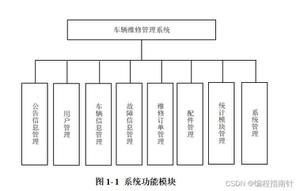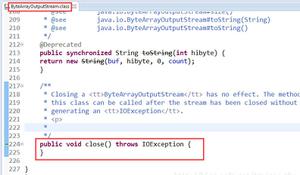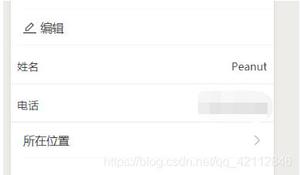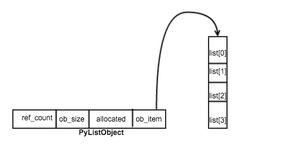python列表中sort()参数的使用

1、key可以指定排序目标,一般在列表元素为复杂对象时使用。
>>> li = [{ 'fruit': 'apple',
'price': 123
}, {
'fruit': 'banana',
'price': 321
}, {
'fruit': 'orange',
'price': 213
}]
>>> li.sort(key = lambda item: item['price'])
>>> li
# [{'fruit': 'apple', 'price': 123}, {'fruit': 'orange', 'price': 213}, {'fruit': 'banana', 'price': 321}]
2、reverse是布尔类型的参数,默认为False,表示顺序排列,如果是True,则表示反序排列。
>>> li = [1, 5, 2, 4, 3]>>> li.sort(reverse = True)
>>> li
# [5, 4, 3, 2, 1]
以上就是python列表" title="python列表">python列表中sort()参数的使用,希望对大家有所帮助。更多Python学习指路:python基础教程
本文教程操作环境:windows7系统、Python 3.9.1,DELL G3电脑。
以上是 python列表中sort()参数的使用 的全部内容, 来源链接: utcz.com/z/544670.html







